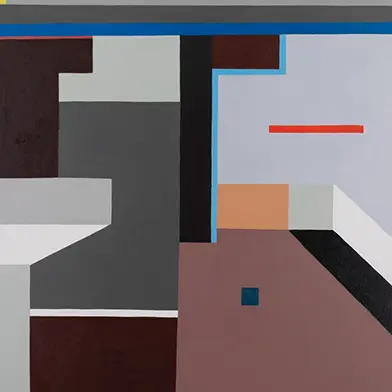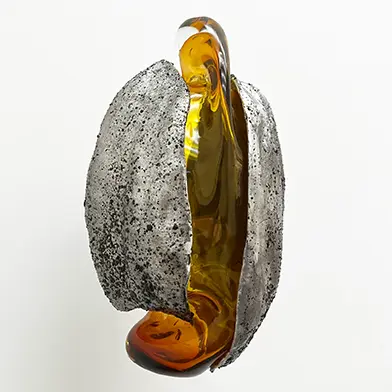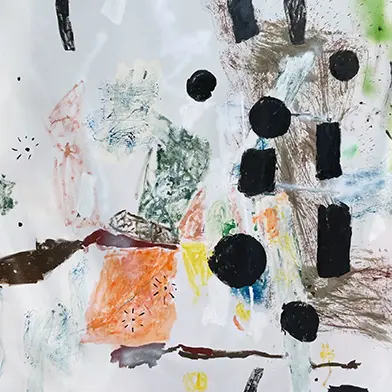Polkography
by Paul Schimmel
(A version of this essay was first published in Sigmar Polke Photoworks: When Pictures Vanish, ed. Paul Schimmel, exh. cat. (Los Angeles: The Museum of Contemporary Art, 1995), 59–83.)
Sigmar Polke’s art has perplexed critics and public alike with its multiplicity of styles, subjects, and positions. His paintings, drawings, photographs, and sculptures have variously been described as metaphysical and profound on the one hand, and jocular and deliberately dumb-witted on the other. Trying to hit Polke’s moving target with the cannon of art historical apparatus is no easy task. His densely layered work, with its commitment to finding again and again an equivalency between subject and technique, resists facile interpretation. The interplay of photography, film, painting, and sculpture throughout Polke’s oeuvre illustrates his chameleonic nature as an artist and his ever-changing focus of attention, but it also highlights his insatiable drive to experiment with and between the boundaries of established mediums. Polke’s photographic work, in particular, is characterized by incautiousness, both in the demanding and dangerous places he visited to find his subjects and in the daredevil printing techniques he used in his makeshift studio darkroom—aiming for methods that “fit with their subject,” as he characterized it. The artist was not above placing himself and his photography in harm’s way to realize a revolution in photography’s painterly printmaking capacity. “A negative is never finished,” he said. “You can handle a negative. You can do what you want. I can play with it. I can make with it. I can mix with it. I can choose with it.” [...]








Reviews